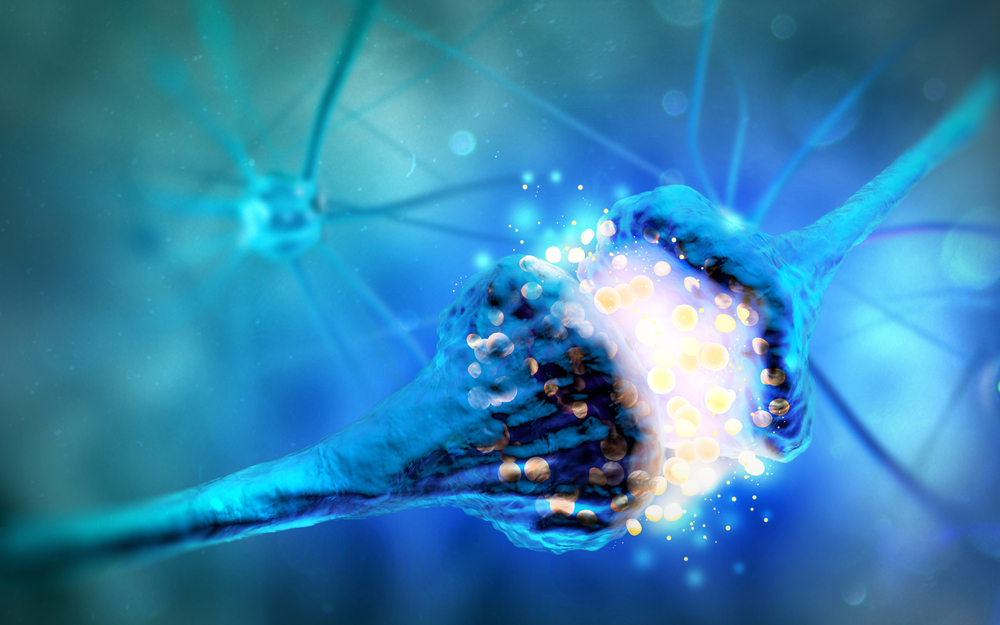Defects in Cell Cleanup System May Lead to ALS and Other Diseases, Mouse Study Shows

Researchers at Germany’s University of Würzburg have discovered how a malfunctioning autophagy – a cell’s natural self-degradation and cleanup system – plays a central role in the development of amyotrophic lateral sclerosis (ALS) and other motor neuron diseases.
The study, “Plekhg5-regulated autophagy of synaptic vesicles reveals a pathogenic mechanism in motoneuron disease,” appeared in the journal Nature Communications.
Damage to motor neurons — the nerve cells that conduct impulses towards muscles to generate movement — is the underlying cause of several neurological diseases, including adult ALS.
“So far, the development of new drugs has focused on preventing cell death mechanisms and on breaking down the protein aggregates in the affected nerve cells,” Michael Sendtner, head of the university’s Institute of Clinical Neurobiology, said in a press release.
Autophagy is an intracellular degradation system cells use to degrade and recycle key components, thereby keeping themselves functioning. In motor neurons, autophagy ensures that the transmission of nerve impulses from nerve cells to muscles is working properly.
“Modulation of the autophagy pathway modifies disease onset and progression in SOD1 G93A mice [a well-established model for ALS disease], which further points to the contribution of autophagy to the pathology of motoneuron disease,” the team wrote.
However, the mechanisms regulating autophagy in motor neurons remain largely unknown.
In their work, researchers discovered that the PLEKHG5 gene is crucial for autophagy in motor neurons, as it regulates the degradation of the synaptic vesicles that carry neurotransmitters such as acetylcholine, and transmit the nerve cells’ impulses to the muscles. They noted that mutations in the PLEKHG5 gene are linked to various motoneuron diseases such as ALS, distal spinal muscular atrophy type IV and intermediate Charcot-Marie-Tooth disease.
To analyze the function of the Plekhg5 protein in the nervous system and its involvement in motoneuron disease, researchers deactivated the gene in motor nerve cells grown in the lab, and later in mice.
They noticed that cells without Plekhg5 had a reduced rate of autophagy, causing the synaptic vesicles to agglomerate inside the newer cells. This ultimately hindered growth of the axon – the slender projection of the nerve cell that conducts electrical impulses towards other cells. In mice, the lack of Plekhg5 led to a motor neuron disease also characterized by the accumulation of the synaptic vesicles inside neurons.
Overall, these “findings deliver substantial evidence that dysfunctional autophagy plays a central role in the development of motor neuron diseases,” Sendtner said, adding that developing new therapeutics for ALS may include those that prevent or reduce vesicle aggregation.






